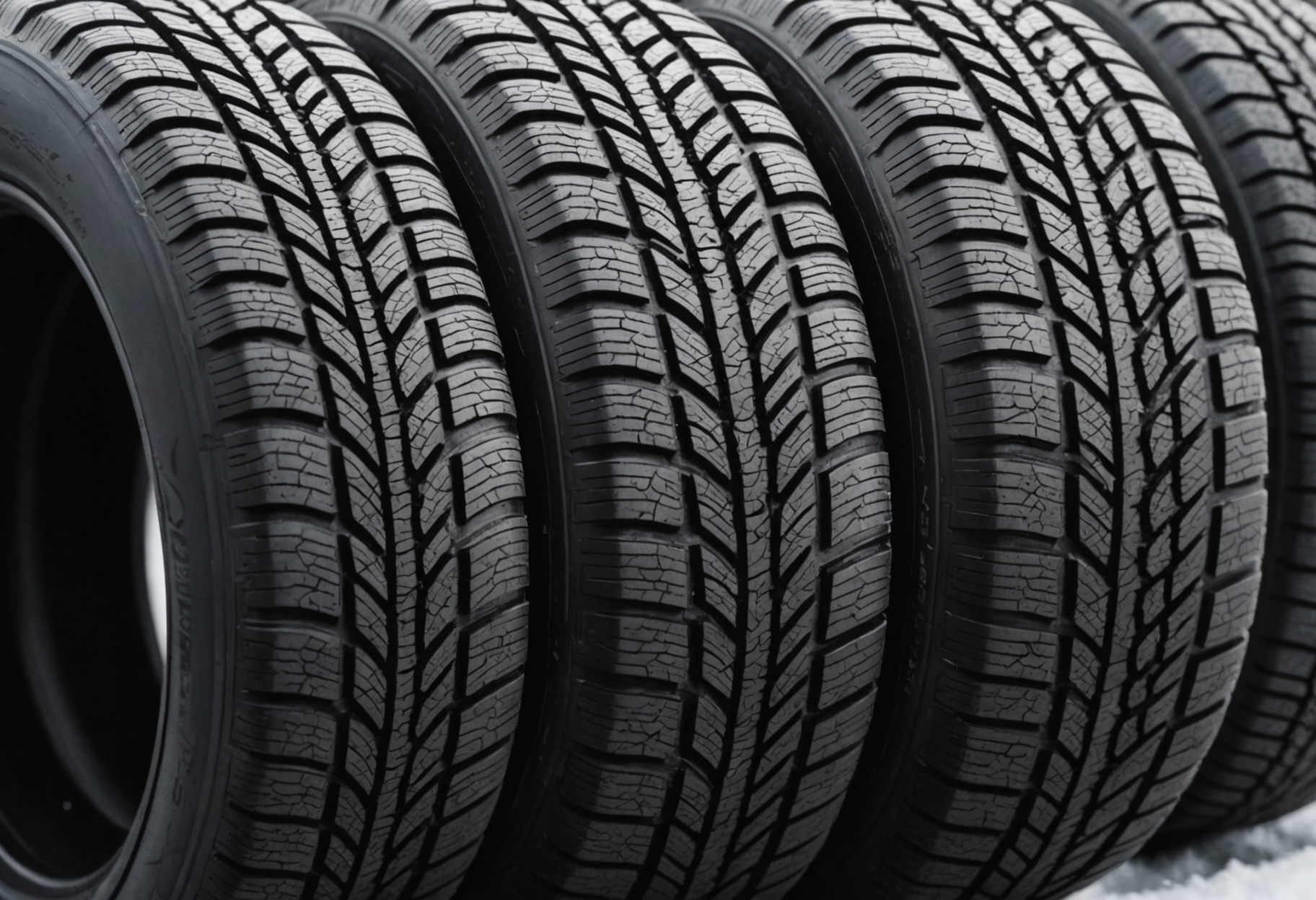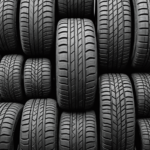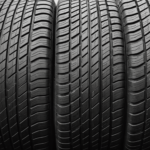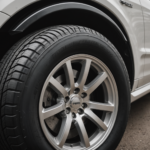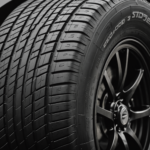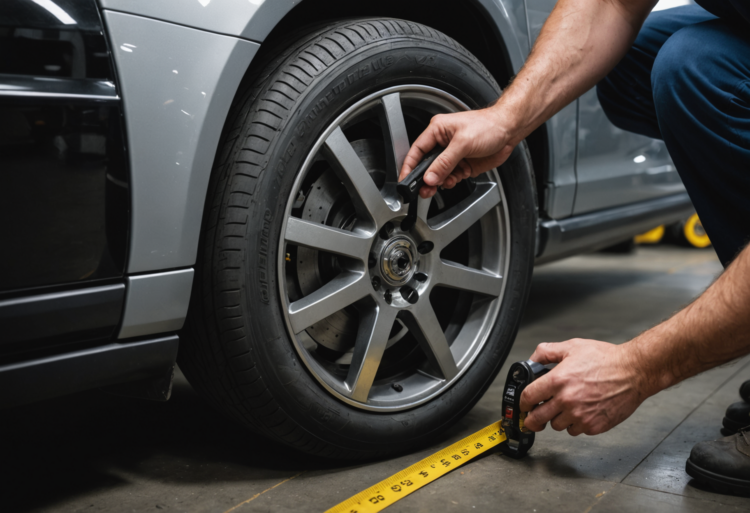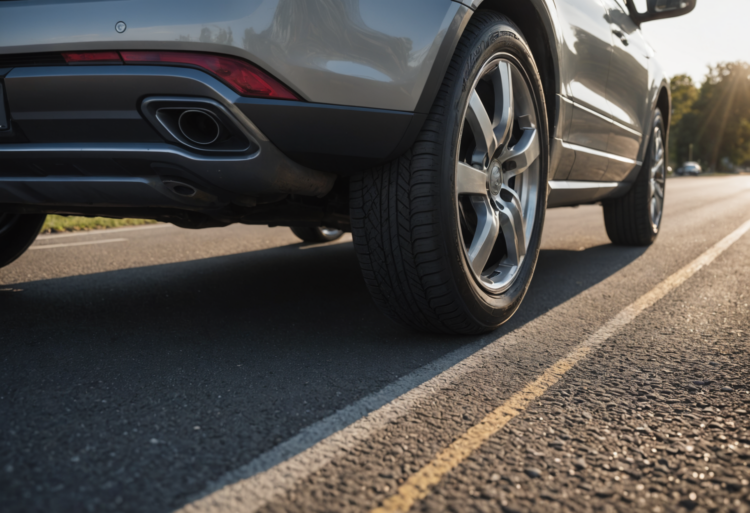Tires play a pivotal role in ensuring vehicle performance, safety, and handling under various driving conditions. One of the most significant aspects of a tire is its tread pattern. Understanding how different tread designs affect performance can help drivers make informed choices for their vehicles. This article explores the diverse range of tire tread patterns, their unique characteristics, and how each impacts driving performance and safety.
The Importance of Tire Treads
The tread pattern of a tire serves several crucial functions that directly impact performance:
- Traction: Ensures optimal grip on surfaces.
- Handling: Affects responsiveness during braking and cornering.
- Hydroplaning Resistance: Aids in dispersing water to maintain contact with the road.
- Noise and Comfort: Influences ride quality and sound levels within the cabin.
Choosing the right tire tread pattern can significantly enhance vehicle performance, particularly in specific driving conditions such as wet roads, off-road paths, or racing environments.
Types of Tire Tread Patterns
1. Symmetrical Tread Pattern
Symmetrical tire tread patterns feature a uniform design across the entire surface of the tire. These patterns are typically characterized by grooves and channels that are evenly distributed.
- Advantages:
- Excellent for everyday driving conditions.
- Offers a smooth and quiet ride.
- Easier to rotate, promoting even tire wear.
- Disadvantages:
- May not provide optimal traction in severe weather conditions.
2. Asymmetrical Tread Pattern
Asymmetrical tread patterns have varied designs on the inner and outer parts of the tire. This configuration allows for different performance characteristics on each side.
- Advantages:
- Excellent handling and cornering capabilities.
- Improved traction in both wet and dry conditions.
- Disadvantages:
- More complex to rotate, requiring specific configurations.
3. Directional Tread Pattern
Directional tread patterns, also known as unidirectional patterns, are designed to rotate in one specific direction. These tread designs often feature a V-shaped pattern that enhances water evacuation and traction.
- Advantages:
- Exceptional performance in wet conditions.
- Reduces the risk of hydroplaning.
- Disadvantages:
- Not suitable for mixed use; wheels must be installed in a specific orientation.
How Tread Patterns Affect Performance
The impact of tread patterns on performance can vary widely depending on the driving context. Below are some key aspects where tread patterns play a crucial role:
1. Traction and Grip
Traction is critical for vehicle control, particularly during acceleration and braking. Tread patterns with deeper grooves and more aggressive designs typically provide better grip. For instance:
| Tread Pattern Type | Traction Rating | Best Used For |
|---|---|---|
| Symmetrical | Moderate | Everyday driving |
| Asymmetrical | High | Sport and performance driving |
| Directional | Very High | Wet and rainy conditions |
2. Handling and Responsiveness
The design of the tread pattern affects how well a tire responds to steering inputs. Asymmetrical and directional patterns typically enhance handling capabilities. This is especially important for performance-oriented vehicles and drivers who prioritize agility and precision.
3. Hydroplaning Resistance
Hydroplaning occurs when a layer of water builds up between the tire and the road surface, causing loss of traction. Tread patterns designed with adequate siping and channels significantly reduce this risk. Directional patterns excel in this regard, channeling water away efficiently.
4. Noise Levels and Comfort
The tread design also influences the noise generated during driving. Symmetrical tread patterns are generally quieter, making them suitable for passenger vehicles where comfort is a priority. In contrast, more aggressive tread patterns may produce more road noise, which can be bothersome in daily driving scenarios.
Choosing the Right Tire Tread Pattern
Factors to Consider
Choosing the appropriate tire tread pattern requires careful consideration of various factors:
- Driving Conditions: Assess whether the majority of driving will occur in wet, dry, or off-road conditions.
- Vehicle Type: Consider the vehicle’s purpose, whether it is a family car, sports car, or SUV.
- Driving Style: Determine whether aggressive driving habits or a more conservative approach will be employed.
- Climate: Analyze local climate conditions, including seasonal changes that may affect tire performance.
Common Misconceptions About Tire Tread Patterns
Many drivers hold misconceptions regarding tire tread patterns. Understanding the truth can lead to more informed decisions:
- All Treads Are Equal: Some assume all tire tread patterns provide the same performance. Variations in design lead to distinct performance characteristics.
- Deeper Treads Equal Better Grip: While deeper treads enhance grip in mud and snow, too deep may reduce performance on dry pavement.
Conclusion
In conclusion, tire tread patterns significantly impact vehicle performance, safety, and handling. With various designs available, understanding their unique characteristics is crucial for making informed decisions based on individual driving needs. By carefully assessing driving conditions, vehicle type, and personal driving style, drivers can choose the right tire that optimizes performance and enhances safety on the road.
Ultimately, a well-chosen tire tread pattern can lead to improved traction, better handling, and a more comfortable ride. Whether navigating wet roads, off-road trails, or everyday city driving, the right tire can make all the difference.

